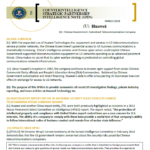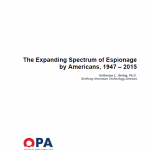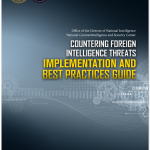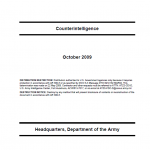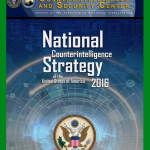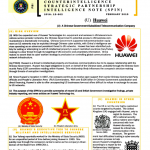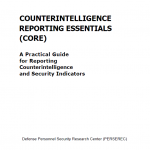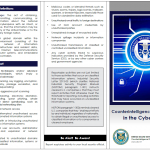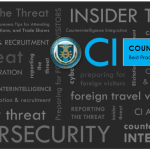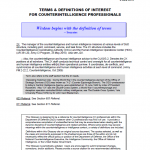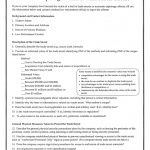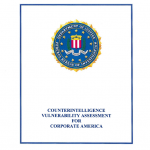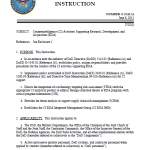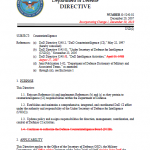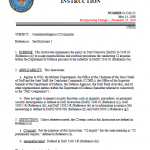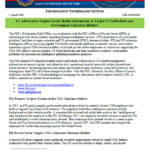
The FBI’s Washington Field Office, in coordination with the FBI’s Office of Private Sector (OPS), is informing private sector partners regarding foreign intelligence services’ (FIS) exploitation of social media platforms and data to target corporate and US government (USG) clearance holders. FIS and US adversary intelligence officers are using popular US-based social media platforms to identify, recruit, and conduct operations against USG clearance holders, to include private sector employees or contractors supporting the USG. FIS officers will use popular US-based platforms and their respective countries’ social media platforms for personal and intelligence gathering/operations purposes.

